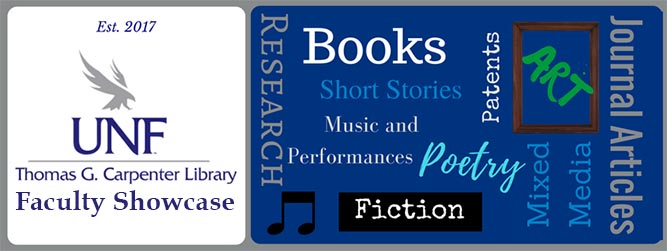
College
COAS
Department
Physics
Rank
Associate Prof./Chair
Type of Work
Journal Article
Publication Information
Second-harmonic generation from hyperbolic plasmonic nanorod metamaterial slab, Giuseppe Marino,Paulina Segovia, Alexey V. Krasavin, Pavel Ginzburg, Nicolas Olivier, Gregory A. Wurtz, and Anatoly V. Zayats, Laser Photonics Reviews, 12, 1700189 (2018).
Description of Work
Hyperbolic plasmonic metamaterials provide numerous opportunities for designing unusual linear and nonlinear optical properties. In this work, second-harmonic generation in a hyperbolic metamaterial due to a free-electron nonlinear response of a plasmonic component of the metamaterial is studied. It is shown that owing to a rich modal structure of an anisotropic plasmonic metamaterial slab, the overlap of fundamental and second-harmonic modes results in the broadband enhancement of radiated second-harmonic intensity by up to 2 orders of magnitude for TM- and TE-polarized fundamental light, compared to a smooth Au film under TM-polarised illumination. Compared to the radiated second-harmonic intensity from a bulk LiNbO3 nonlinear crystal of the same thickness, the SHG intensity from a metamaterial slab may be up to 2 orders of magnitude higher at the certain metamaterial resonances. The results open up possibilities to design tuneable frequency-doubling integratable metamaterial with the goal to overcome limitations associated with classical phase matching conditions in thick nonlinear crystals.
Included in
Second-harmonic generation from hyperbolic plasmonic nanorod metamaterial slab
Hyperbolic plasmonic metamaterials provide numerous opportunities for designing unusual linear and nonlinear optical properties. In this work, second-harmonic generation in a hyperbolic metamaterial due to a free-electron nonlinear response of a plasmonic component of the metamaterial is studied. It is shown that owing to a rich modal structure of an anisotropic plasmonic metamaterial slab, the overlap of fundamental and second-harmonic modes results in the broadband enhancement of radiated second-harmonic intensity by up to 2 orders of magnitude for TM- and TE-polarized fundamental light, compared to a smooth Au film under TM-polarised illumination. Compared to the radiated second-harmonic intensity from a bulk LiNbO3 nonlinear crystal of the same thickness, the SHG intensity from a metamaterial slab may be up to 2 orders of magnitude higher at the certain metamaterial resonances. The results open up possibilities to design tuneable frequency-doubling integratable metamaterial with the goal to overcome limitations associated with classical phase matching conditions in thick nonlinear crystals.


Biographical Statement
Dr. Gregory Wurtz obtained his Ph.D in Physics in 2000 from the University of Technology of Troyes, France. He then held successive post-doctoral positions at Argonne National Laboratory (USA), the University of Mulhouse (France), and Queen’s University of Belfast (UK). He held tenure-track positions at the University of North Florida from 2007 to 2011, and at King’s College London (UK) in 2011 where he gained tenure in 2012. Dr. Wurtz moved back to the University of North Florida as a tenured Associate Professor in 2015. He also holds a concurrent Visiting Research Fellowship at King’s College London and is an Associate Editor to IEEE Photonics Technology Letters.
Dr. Wurtz published more than 70 articles in peer-review journals (h-index=30 WoS, 37 Google Scholar), and holds rights to 7 patents. His research was sponsored in excess of $10M since 2000. His current research interests are on the interaction of light with nanostructured materials, including plasmonic systems and hybrids thereof, in the particular context of ultrafast, coherent, and nonlinear optical effects and spectroscopies.